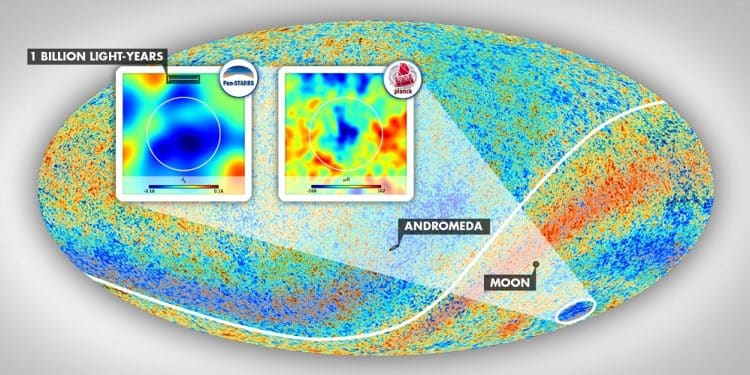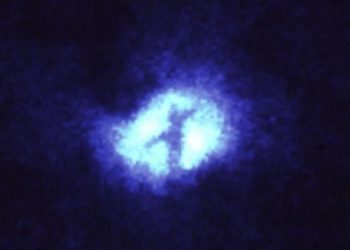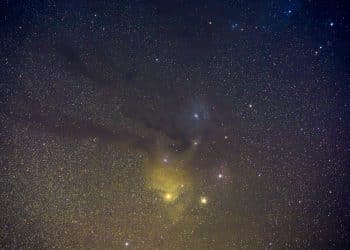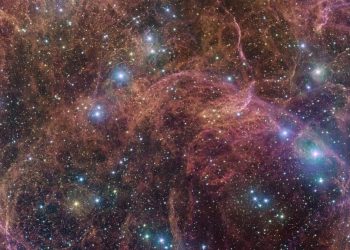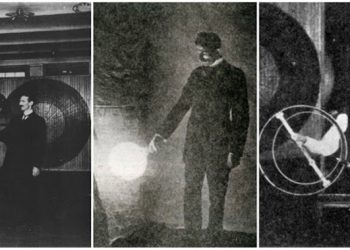In a universe filled with structure — galaxies, filaments, and the faint glow of ancient radiation — there are places that seem to defy all logic. One of them lies in the direction of the Eridanus constellation. It’s not marked by light, but by its absence. A vast, frozen patch of space known as the Eridanus Supervoid stretches across 1.8 billion light-years, sitting like a bruise on the fabric of the cosmos. And no one really knows why it’s there.
A cold spot with no clear explanation
The Eridanus Supervoid first drew attention because of what’s known as the Cosmic Microwave Background (CMB) — the ancient radiation left over from the Big Bang. In 2004, data from NASA’s Wilkinson Microwave Anisotropy Probe (WMAP) revealed a strange anomaly in this background radiation: a cold region, noticeably lower in temperature than the rest of the sky.
This wasn’t just a small fluctuation. The cold spot appeared to be around 70 microkelvin cooler than average — a tiny difference, but massive in cosmic terms. The spot is so large and so cold that many cosmologists agree: standard cosmological models can’t easily account for it.
Naturally, this led to speculation. Some suggested it might simply be a statistical oddity. Others thought it could be caused by an immense void — a region of space containing very few galaxies, distorting the CMB via a phenomenon known as the Integrated Sachs-Wolfe effect.
That potential void became known as the Eridanus Supervoid.

Searching for nothing
To test the supervoid theory, astronomers began looking for signs that this part of the sky really was emptier than average. In 2015, a study suggested that the area did, in fact, contain fewer galaxies — enough to support the idea that it was a massive cosmic void.
But later analyses threw that into doubt. Some studies failed to replicate the findings. Others argued that the supervoid wasn’t nearly large or empty enough to explain the intensity of the cold spot. And that left researchers with a lingering question: if it’s not a void, then what is it?
The multiverse hypothesis
That’s where things get strange.
One of the most provocative theories comes from physicist Laura Mersini-Houghton, who believes the Eridanus Supervoid might not be a void at all. Instead, she suggests, the cold spot could be the leftover imprint of another universe — the visible scar of a collision between our universe and another during the earliest moments of cosmic inflation.
In this model, multiple universes could have formed side by side in a larger multiverse. And the Eridanus Supervoid? It might be a place where two of them once bumped.
Mersini-Houghton described it as “the unmistakable imprint of another universe beyond the edge of our own.” It’s an extraordinary claim — and one still met with plenty of skepticism. But it hasn’t been ruled out.
A puzzle that refuses to go away
Since the discovery of the cold spot, researchers have combed through data from multiple space missions, including Planck, to look for patterns. Some teams have found similar cold spots in other regions of the sky. Others argue that the Eridanus anomaly is unique — a one-off that still refuses to fit the standard model of cosmology.
Despite all the theories, no single explanation has yet satisfied everyone. Whether it’s a supervoid, a rare statistical fluke, or a hint at something far more exotic, the Eridanus Supervoid remains one of the most perplexing features in the observable universe.
With new instruments like the James Webb Space Telescope and the upcoming Euclid mission, astronomers are hopeful they’ll soon be able to study the region in greater detail. Perhaps we’ll find more voids like it. Perhaps we’ll discover something we never expected.
Until then, the Eridanus Supervoid is a reminder of how much we still don’t understand — and how far we still have to go in mapping the invisible forces that shaped everything we know.



